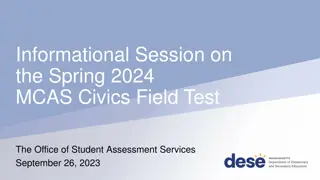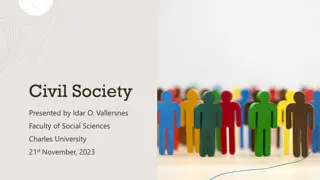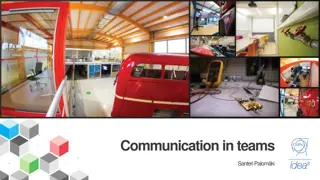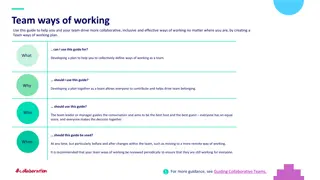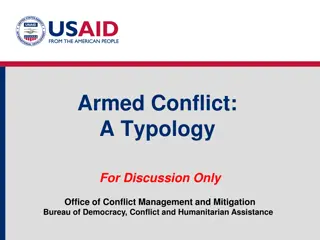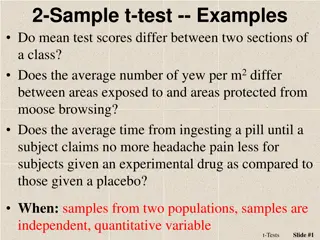Understanding Humanmetrics-Jung Typology Test and Team Dynamics in Business
This content explores the Humanmetrics-Jung Typology Test and its role in understanding individual behavior within teams. It explains the test indicators based on energy orientation, attention, decision-making, and lifestyle, highlighting how teams can benefit from diverse compositions for enhanced creativity and problem-solving. The utilization of typology test results in team formation is detailed, comparing homogeneous and heterogeneous group dynamics and their impact on team performance.
Download Presentation

Please find below an Image/Link to download the presentation.
The content on the website is provided AS IS for your information and personal use only. It may not be sold, licensed, or shared on other websites without obtaining consent from the author. Download presentation by click this link. If you encounter any issues during the download, it is possible that the publisher has removed the file from their server.
E N D
Presentation Transcript
Types and Teams: Understanding and Using the Humanmetrics- Jung Typology Test BUS 302: The Gateway Experience
Uses of the Typology Test Better understand your own and others behavior in teams. Develop a language for talking about individual differences in an objective manner. Understand how individuals different ways of approaching a problem can improve team performance.
Understanding the Test Reflects back what you say about yourself in a systematic way. Profiles what you prefer to do, not what you can do. Letters represent ends of one scale, your actual score is somewhere along the scale.
Type Indicators 1st Letter Energizing: Orientation of your energy either: Extroversion: towards the outside world, people activities and things Introversion: toward the world inside you, emotions and impressions.
Type Indicators 2nd Letter Attending: what a person pays attention to, either: Sensing: noticing what is actual, taking in information through the five senses, focus on specifics first. INtuition: noticing what might be, take in information through a 6th sense, focus on the overall pattern first.
Type Indicators 3rd Letter Deciding: how a person makes decisions, either Thinking: preference for structuring information to decide in a logical objective way Feeling: preference for structuring information to decide in a personal, values oriented way.
Type Indicators 4th Letter Living: orientation to the outside world, how you deal with life: either Judging: preferring a planned organized life Perceiving: preferring a spontaneous, flexible life
Creating Teams Using the Indicators Homogeneous Groups Start fast. Reach agreement easily. People feel comfortable. Generate fewer creative solutions. Tend to have collective blind spots. Heterogeneous Groups Start Slow. Have more conflict and have difficulty. reaching agreement People feel less comfortable. Generate more creative solutions. Catch errors and over sights.



